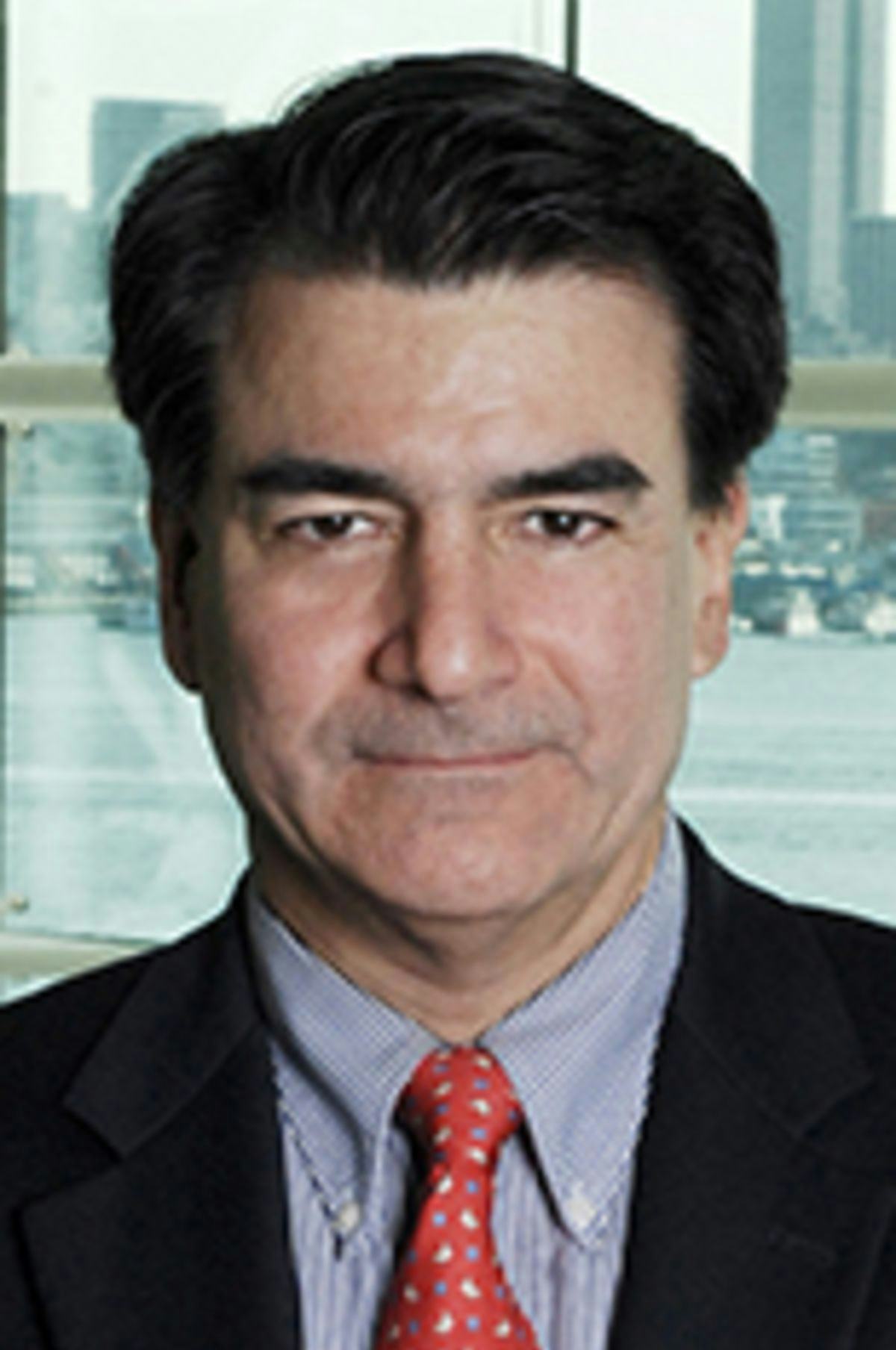Alumnus Partners with Stevens to Create Innovative Approaches to Finding New Value in Data
Patrick Houlihan maintains bridge to Stevens as he leads decision-making efforts at global advertising firm
Companies collaborate with business researchers at Stevens Institute of Technology because they know it’s a place to go when seeking competitive advantage in tech-driven workplaces.
Patrick Houlihan Ph.D. ’16 seeks those partnerships because he’s seen them up close.
Since graduating with his doctorate degree in Financial Engineering from Stevens, Houlihan has worked closely with his alma mater to find innovative ways to leverage data in order to help clients allocate advertising budgets more efficiently and effectively in his role as Senior Vice President of Decisioning at Publicis Media.
“There are a lot of tools available in the industry that anybody can license,” he said “The true value add is not only proprietary in-house data, but also the intellectual property we create that adds to our IP portfolio, which offers our clients unique capabilities not offered anywhere else.”
“Additionally, my team juggles numerous work streams and doesn’t always have the bandwidth to perform rigorous research to invent a unique methodology that’s a significant breakthrough, so we lean on academia and engage with some very intelligent research-minded academics to help accelerate this visionary initiative.”
Currently, Houlihan is collaborating with his former academic advisor at Stevens, Dr. Germán Creamer, on a novel approach to building out customer databases with machine learning. Through this process of data fusion, they are able to match survey results, such as insights collected by Nielsen, with online user attributes. These fuller customer profiles allow Publicis, a global advertising company, to reach audiences on a more granular level than its competitors. Advertising is all about “the right message, at the right time, to the right audience to increase likelihood of conversion.”
“The advantage of this approach is to take a smaller data set and reach a much larger population than previously possible,” said Prof. Creamer.
The initial seed for the data fusion research was planted when Houlihan was looking to fill an open internship position at Publicis. Prof. Creamer recommended Mengfang Sun, a Data Science Ph.D. candidate whose collaboration with Publicis laid the foundation for this project. Just as doing his Stevens Ph.D. gave Houlihan a chance to work with faculty on projects, he’s paying it forward for Sun, who’s listed as a coauthor on this research along with Houlihan, Prof. Creamer and Dr. Gaurav Sabnis, an associate professor of marketing at the School of Business.
“I think it’s very important for us to have a good integration between industry and academia, and it’s something we do well at Stevens,” said Prof. Creamer. “Many of my papers and research have been developed based on questions that I have asked myself or been asked due to my practice in the industry. And I try to embed my classes with these practical experiences.”
Bridging theory and practice
Before coming to Stevens, Houlihan worked as a hardware engineer in the semiconductor industry, helping companies like Nvidia and Altera design high-performance computing systems. He saw the possibilities that were enabled by the tech he built, from crunching massive amounts of data, to high-frequency trading, and the Financial Engineering program offered him a way to pivot to a new career in these lucrative fields.
“Stevens taught me the foundations of data science, through the flexibility of carving out my own track in the Financial Engineering program” said Houlihan. “More importantly, my prior work experience in conjunction with my time at Stevens helped me bridge theory and practice, which is critical during these fast-paced transformational times.”
Prof. Creamer said the program, despite its financial bent, is designed to allow for this type of career flexibility. The curriculum equips students with the skills they need to thrive in many different industries.
“A really good data scientist can get a job in any industry,” he said. “They're not going to be pigeonholed into a specific industry’s data set. They’re going to be able to traverse across numerous data sets and a variety of verticals.”
Much like Wall Street’s transformation from crowded trading floors to automated trading, the advertising industry is also undergoing a seismic shift at the hands of artificial intelligence. Houlihan helps Publicis navigate this changing landscape by finding opportunities to automate inefficient manual processes. In order to get buy-in for these solutions, he relies on the skills he gained at the front of the classroom as an adjunct professor at Stevens.
“A lot of people are intimidated by artificial intelligence,” said Houlihan. “When I first tried pushing various disruptive frameworks onto client-facing teams, there was a lot of resistance at first, however, I quickly placed the professor hat back on and decided to lead with educating first, then convince teams to adopt value-add technology, this approach worked. You have to educate people, and then they’ll embrace it.”
Ultimately, companies that want to succeed won’t have a choice in the matter. Constant disruption means you need to embrace innovation or risk obsoletion.
“Companies that follow generally won't last, or will always be following in the shadow of the giants,” Houlihan said. “I’m doing my part to keep Publicis ahead of the competition by maintaining our visionary lead by traversing our way through the never-ending technological disruptions that are occurring before our very eyes. That’s another big reason for bridging the work with academia.”
Graduate Business Experience M.S. in Financial Engineering School of Business


